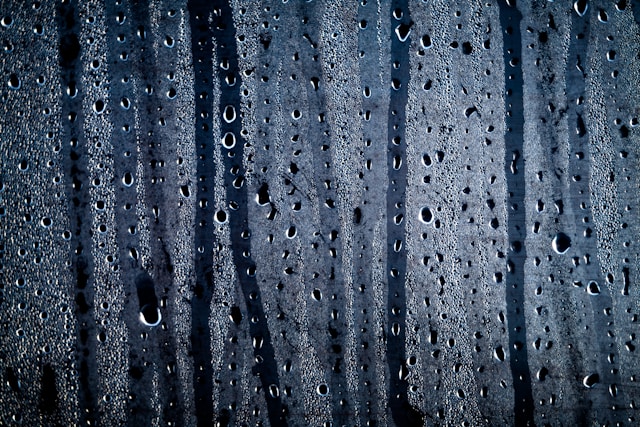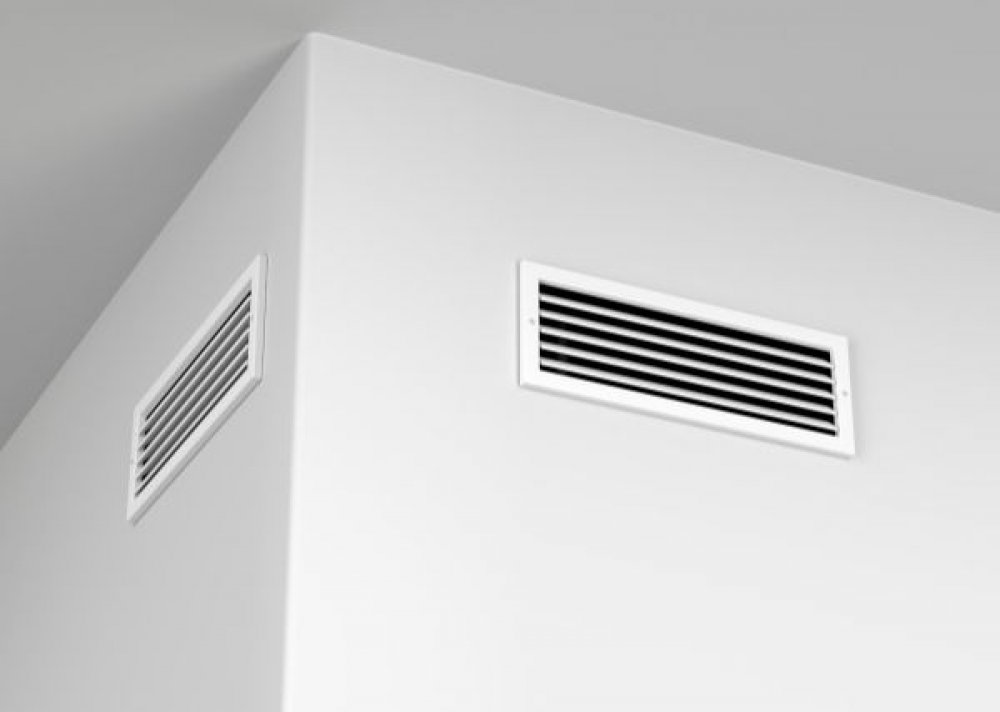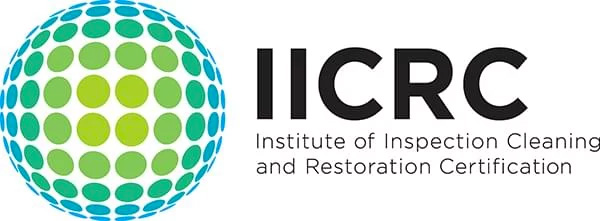Eliminating Moisture In Your Home
Is there excess moisture present in your home? Too much moisture is a serious risk factor in a living space. When you have excess levels of moisture in the air, the risk of mold growth skyrockets. All of that extra water within indoor air will damage your floors and walls, among other surfaces.
Additionally, high indoor humidity helps to breed mold that can cause health ailments in those who are susceptible. That’s why eliminating moisture levels is more than a strategy for preserving your property’s value. In some cases, lowering the high humidity level comes with important health benefits for residents.
In the following , we’ll take a closer look at the best practices for eliminating excess moisture and humidity from your property. You’ll learn how to cut the risk of creating a breeding ground for mildew in your beloved house.
The Starting Point: Where Does The Excess Humidity Come From?
The first step in solving any humidity problem lies in correctly identifying the underlying cause. If humidity levels are consistently high, it can lead to further complications in various areas of the home. After learning about its origins, you can take practical actions to reduce excess humidity and address the issue effectively. Otherwise, simply dealing with the symptoms without resolving the root cause of humidity problems will cause issues to worsen and become costly over time.
Most of the time, humidity and moisture start accumulating in spaces with mediocre ventilation. Areas like the basement, kitchen, and bathroom are common problem spots, where high humidity levels can foster decay growth and unpleasant odors. Sometimes, the space itself might be fine, but humidity begins to seep in due to underlying plumbing issues or leaky fixtures.

However, in some areas of your house, humidity control requires ongoing maintenance. For instance, attics and basements are notorious for quickly accumulating high levels of humidity, leading to freeze on walls, windows, and structural materials. These parts of your home need continuous moisture management to control humidity levels, rather than a one-time fix.
1: Invest In Dehumidifiers
One of the quickest ways to reduce humidity levels indoors is by using efficient dehumidifiers that remove the excess moisture from your humidity indoors air. Opting for a high-efficiency machine allows you to quickly see the first results.
Buying a dehumidifier can sometimes be a challenge. You’ll tend to find a variety of options available on the market. However, the abundance of different machines can be overwhelming. How do you find the perfect one to absorb moisture in your home?
When it comes to shapes and sizes, you should focus on how big your home is. When you have smaller living quarters, it makes sense to buy a machine that doesn’t take up too much space.
Larger models are suitable for bigger homes and basements. Whole-house dehumidifier equipment could take care of the excess moisture located throughout your entire residence.
One of the top things to focus on is the noise level of a particular machine. You can compare the produced dB-levels. Note that a bigger machine doesn’t necessarily mean that it’s louder. The premium end of large dehumidifiers tends to be comparatively quiet.
2: Refrain From Lowering The Levels Too Much
Sometimes homeowners go overboard with decreasing the indoor humidity levels in their homes after buying a dehumidifier. While excess moisture is unsafe, you don’t want to have inadequate levels in your home either.

Not enough moisture in your home poses health risks. The people living inside the property may be at a heightened risk of catching a cold. The dry air negatively affects the respiratory system, which needs a certain degree of moisture to keep functioning properly.
Lack of moisture also affects your skin and hair, making it dry and brittle. Moreover, your overall home could experience negative effects, such as the splitting and cracking of wooden floors.
The golden rule is to keep your property’s level of humidity somewhere between 30% to 50%. When you go below, you become susceptible to the risks associated with a chronic lack of moisture. Exceeding 50% slowly leads to mildew issues that peak around 80% to 90%.
3: Fix Contributing Problems
Indoor humidity levels often exceed normal ranges due to underlying problems inside the house. Plumbing issues are common contributors to abnormal humidity levels. For instance, leaky faucets, pipes and toilets increase indoor air moisture content.
The key focus should be to keep water from sitting in your home and preventing moisture buildup. Any still-sitting water evaporates at some point. In turn, that evaporated water increases the indoor humidity levels.
However, it’s not just the plumbing. When you have a leaking roof or walls, you should take care of these issues at the earliest opportunity. Leaking water, regardless of its source, increases the moisture in your property and leads to rot and decay.
4: Ventilate Your Home
Inadequate ventilation is sometimes the only thing standing between homeowners and managing normal air levels. Humid conditions can build up quickly without proper airflow, especially in areas prone to moisture. This is why you should check the situation regarding your home’s ventilation to ensure humid air is properly circulated and expelled.

Normal daily activities add moisture to your indoor air. For instance, cooking dinner and taking a shower both contribute to higher humidity levels. Proper ventilation balances the addition of extra moisture in the property.
Your fans should always vent to the outdoor air. The circulation brings fresh air into your home while getting rid of the unnecessary moist air from your living spaces.
Opening your windows is the next best thing after having a proper ventilation system, as it allows fresh air to circulate and reduces indoor moisture levels. It’s also important to fix windows that aren’t operable anymore, as non-functional windows can prevent effective ventilation.
Newer, energy-efficient windows are designed with tiny openings called 'weep holes.' These weep holes allow water to drain effectively and can be found on the lower bottom of the window frame, helping to maintain your windows’ longevity and performance.
Turn on Your Air Conditioner
Air conditioners can do more than cool the air; air conditioning systems also help manage indoor humidity and provide relief from heat. When an AC unit operates, it pulls in warm air from the room, passes it over cold coils, and cools it down. During this process, heat is removed from the air as moisture freezes on the coils, effectively reducing the humid air and excess heat.
By removing both heat and humidity, the air conditioner creates a more comfortable indoor environment, minimizing the dampness that can lead to mold growth and other issues. This dehumidifying effect makes the home feel cooler and more pleasant, even when outdoor heat levels are high.
In A Nutshell: Eliminating Moisture In Your Home
The right amount of moisture in your home prevents many health ailments and home damages. If you have too much humidity in your house, the risk of mold and mildew growth increases significantly.
Eliminating the extra moisture can be done by installing a dehumidifier, using air conditioning, ensuring proper ventilation and fixing underlying problems, like plumbing leaks or leaky walls, roofs, and ceilings. Just make sure not to lower the humidity levels too much when using a dehumidifier.
If you have any inquiries regarding this article or our mold inspection and testing services, contact Markham Services today.


